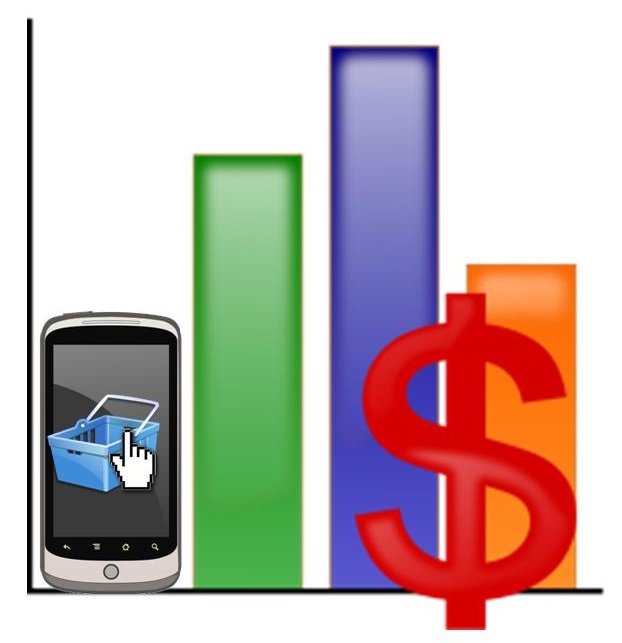Mobile commerce sees growth through coupons
Mobile commerce is seeing aggressive expansion throughout the world. This explosive growth is due to various factors, some of which are more mundane than others. One of the factors driving the growth of mobile commerce is the use of mobile coupons. These coupons are specifically designed for consumers with mobile devices, providing them with a way to save on products they enjoy in a convenient manner. The coupons are also powerful marketing tools and have succeeded in drawing more attention to mobile commerce in various sectors.
Report highlights value of mobile coupons
A new report from BI Intelligence, a leading market research firm, sheds some light on why mobile coupons are contributing to the growth of mobile commerce. The report suggests that these coupons are helping drive traffic to online stores and physical stores alike. Coupons that can be redeemed at physical stores have been especially popular with consumers and have proven to be an effective way to draw consumers into these stores rather than allowing them to linger online.
Coupons could be an effective data collection tool
Beyond the financial aspects of mobile coupons is the data that these tools acquire. When these coupons are used, they are able to collect information from consumers, which is quite valuable for the businesses behind the coupons. This data can be used to develop more engaging marketing campaigns or create more effective mobile commerce services. For some companies, this information has helped drive yet more traffic to physical stores.
Coupons supply incentive to mobile commerce
Mobile coupons have helped create more familiarity between consumers and mobile commerce. The coupons have also provided consumers with a reason to actually participate in mobile commerce. Consumers often only need a modest incentive to embrace something new and mobile coupons have been able to provide a way for consumers to justify mobile payments to some degree.
 The latest data from BI Intelligence has shown that shoppers are increasingly adopting this channel.
The latest data from BI Intelligence has shown that shoppers are increasingly adopting this channel.
The most recent report from BI Intelligence has revealed that m-commerce made up 11 percent of all online shopping throughout the holiday season in 2012, which is a staggering increase over 2010, when it comprised 3 percent of the total.
This amount currently represents about $18.6 billion in consumer spending, not including travel purchases.
This m-commerce growth, according to BI Intelligence is, in part the result of the growing popularity of the channel. The company has predicted that by the end of 2013, its share of the total will have increased to 15 percent of all online purchases.
The report not only examined the proportion of m-commerce, but also examined the cause of its growth.
The BI Intelligence report not only provided the figures regarding the growth of the channel, but it also looked into many of the latest m-commerce trends that can help to explain why the growth is occurring in the way that it is.
The following are some of the reasons that the report used to explain the trend toward m-commerce that is leading it to grow:
• At the moment, more than half (54 percent) of adults in the United States currently own smartphones and about a quarter of American adults own tablets. The report predicts that in three years, there will be more tablets than there are PCs among American consumers. By the end of the year 2016, the worldwide sale of tablets will have reached 450 million.
• Data is already indicating that there is more traffic heading to m-commerce websites than the actual percentage of its penetration. That is, while 25 percent of American adults own tablets, those devices account for 40 percent of the traffic to those sites.
• Almost 50 percent of all smartphone owners between the ages of 12 and 17 years old use that device as their primary connection to the internet. Therefore, among younger consumers, it is more natural for them to use m-commerce as a primary online shopping channel than it is for older consumers.


 The latest data from BI Intelligence has shown that shoppers are increasingly adopting this channel.
The latest data from BI Intelligence has shown that shoppers are increasingly adopting this channel.